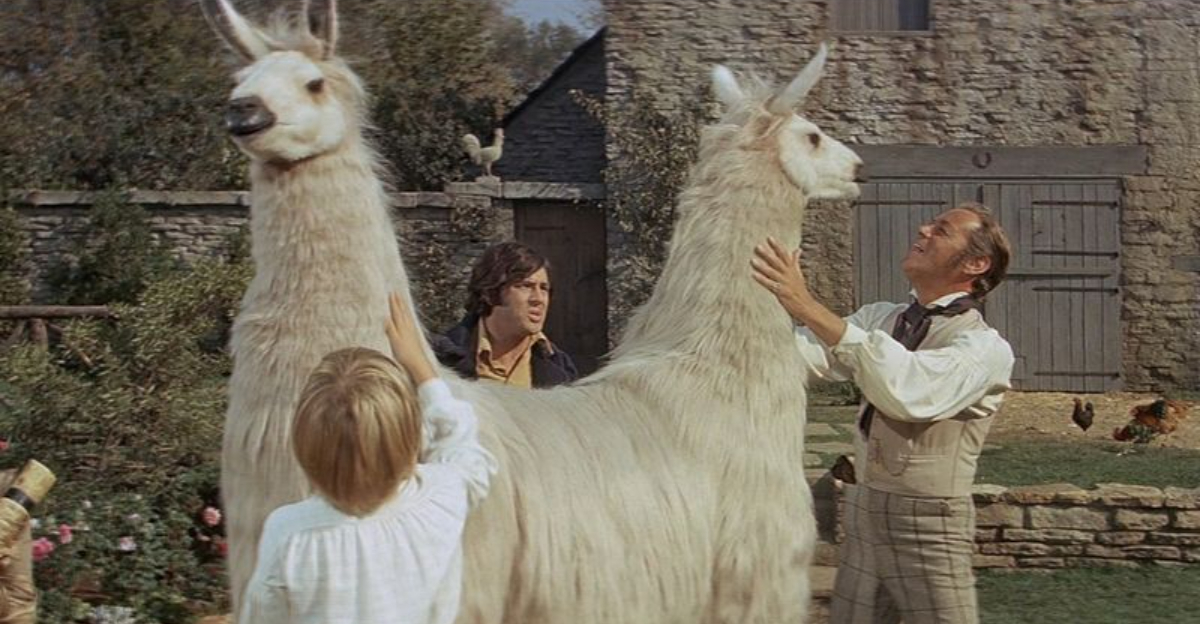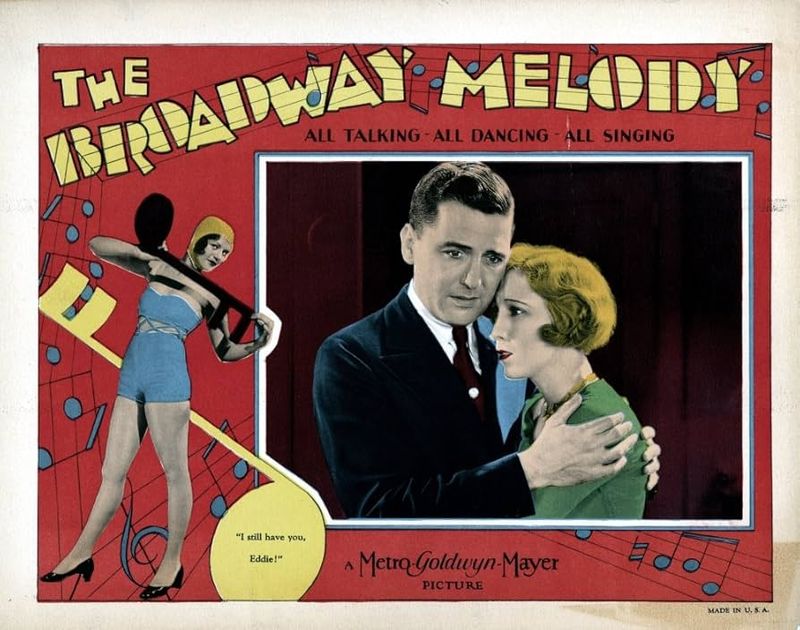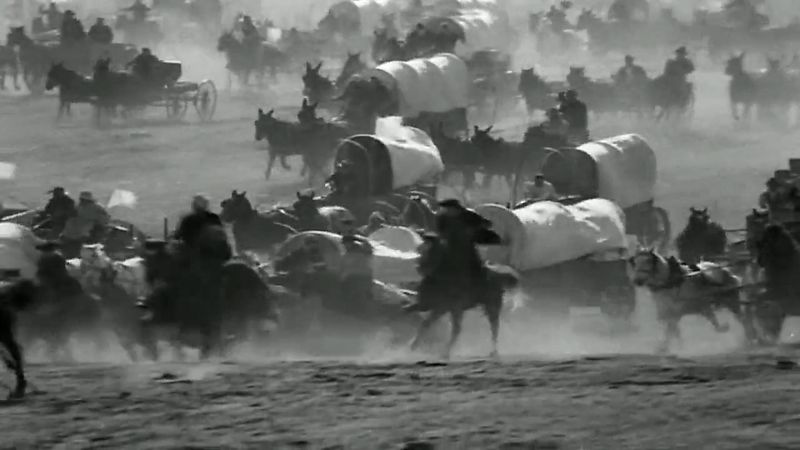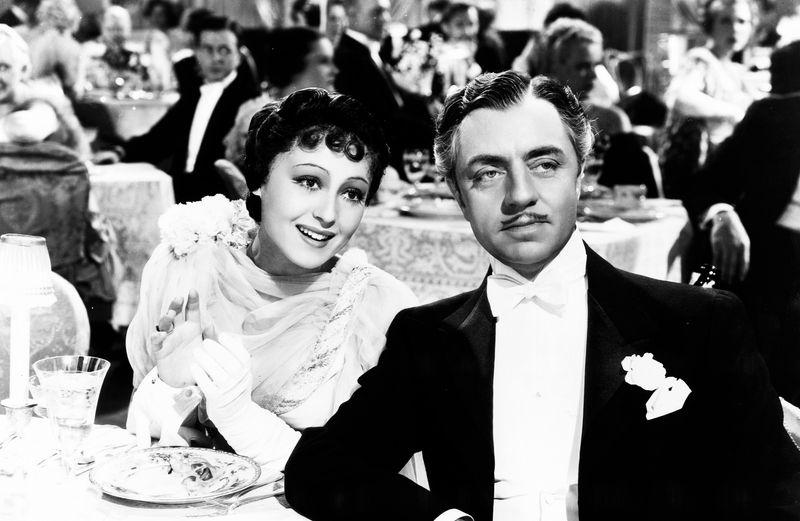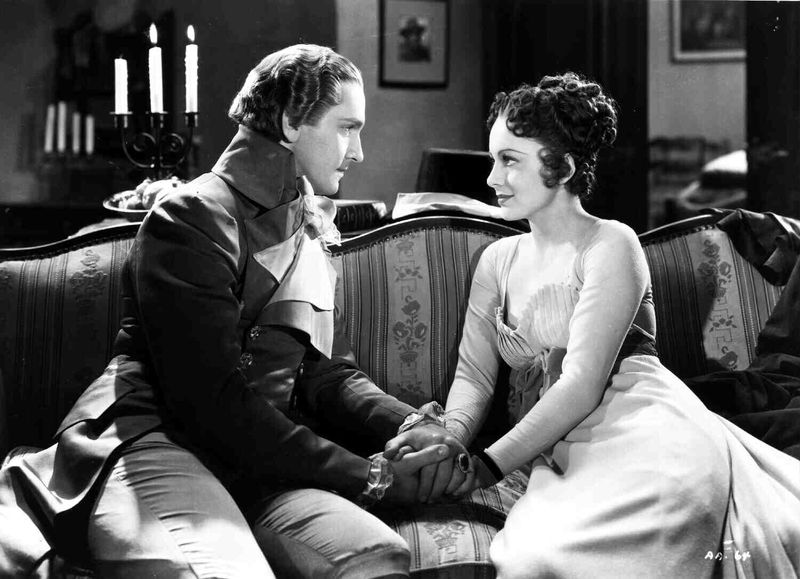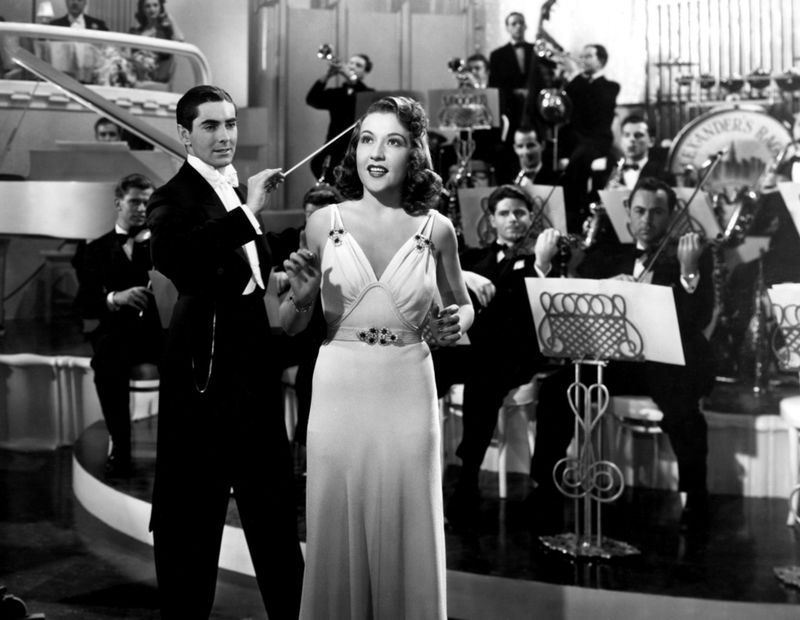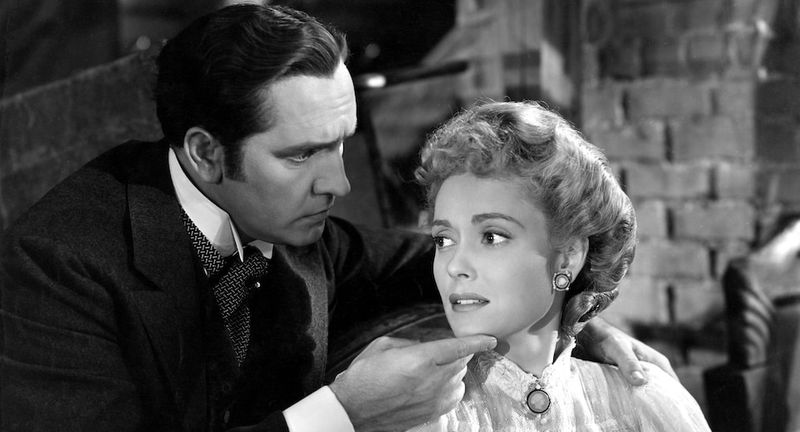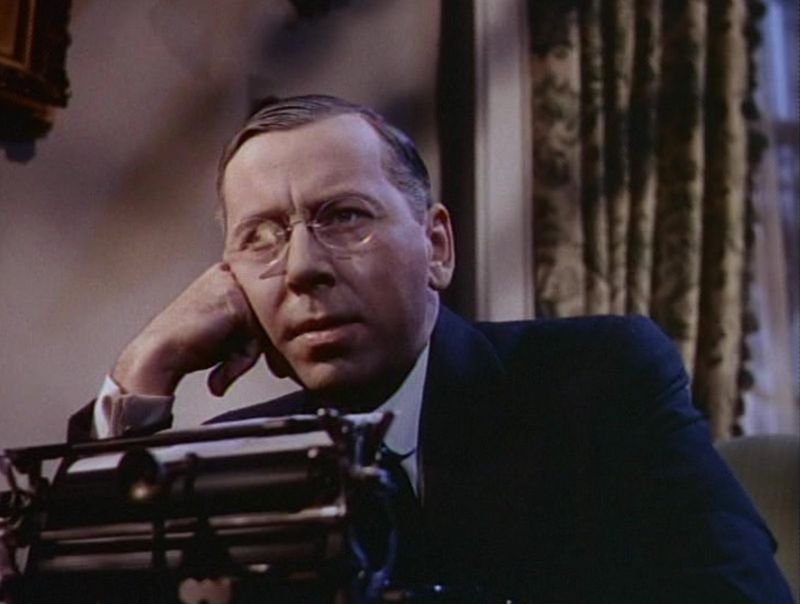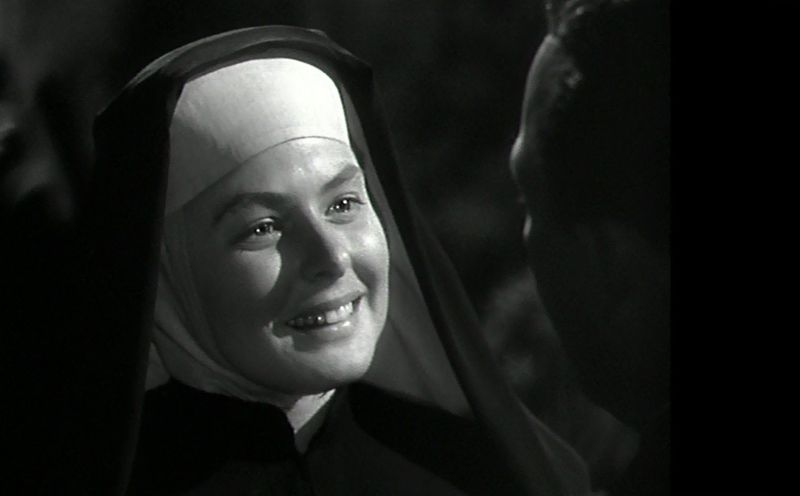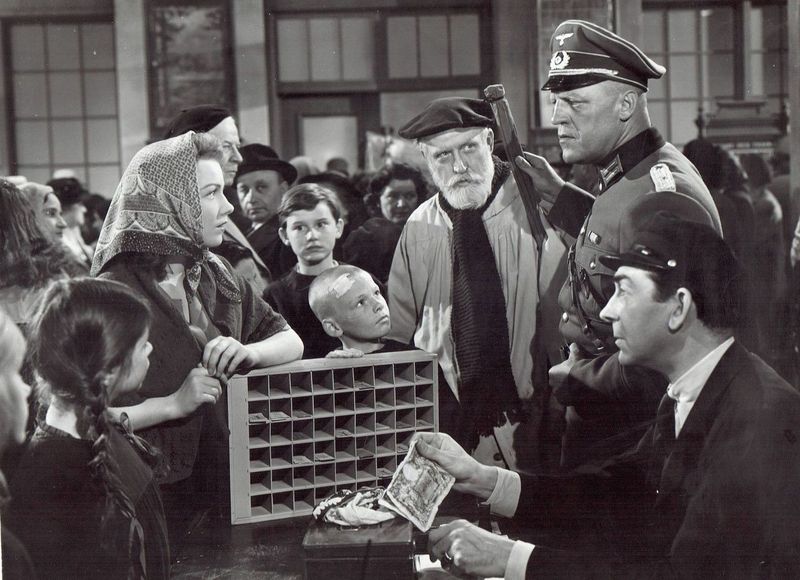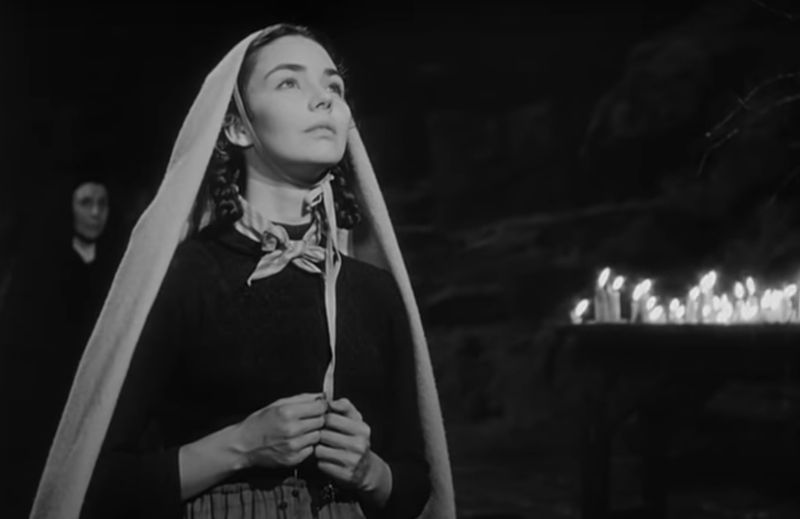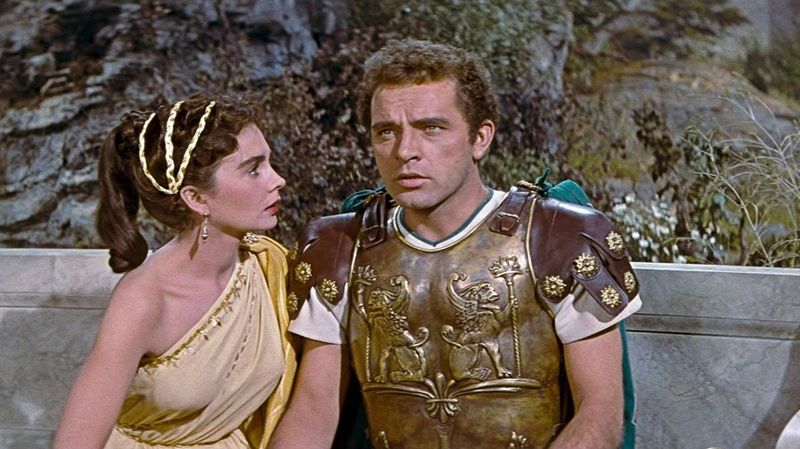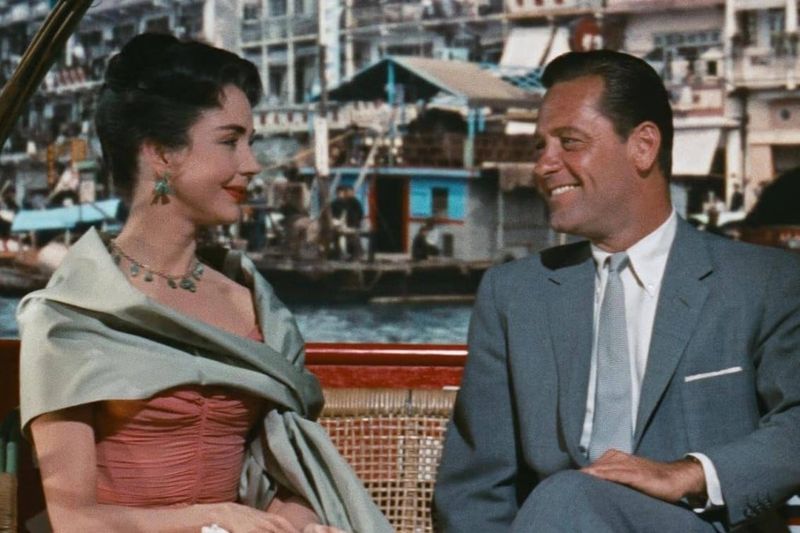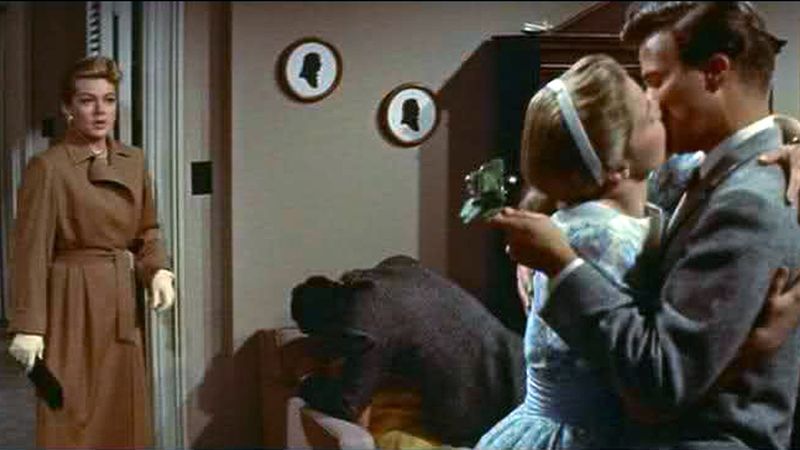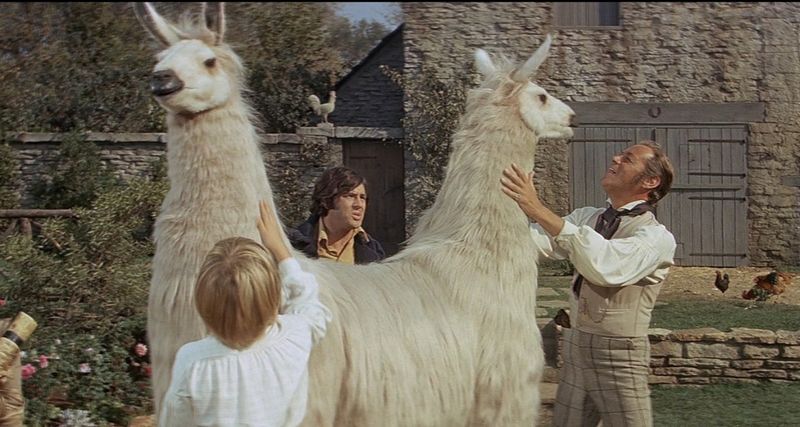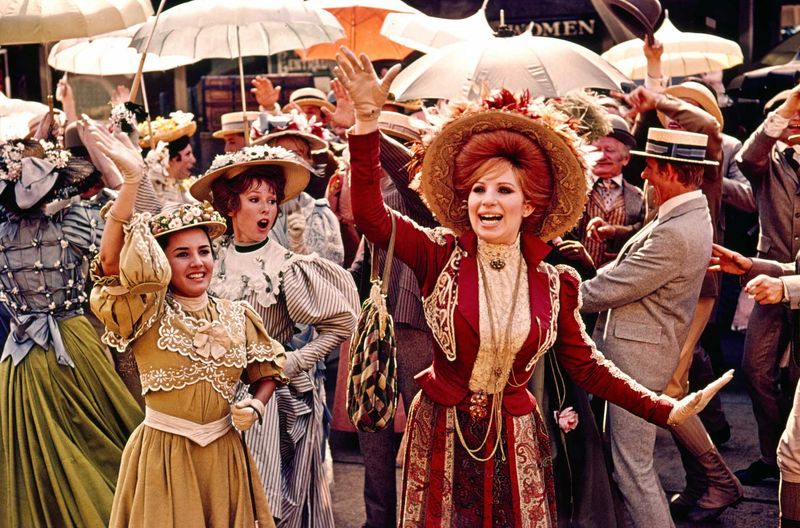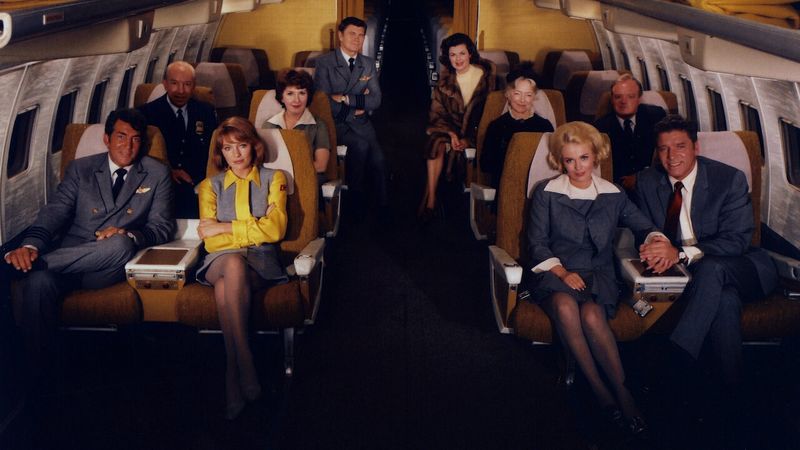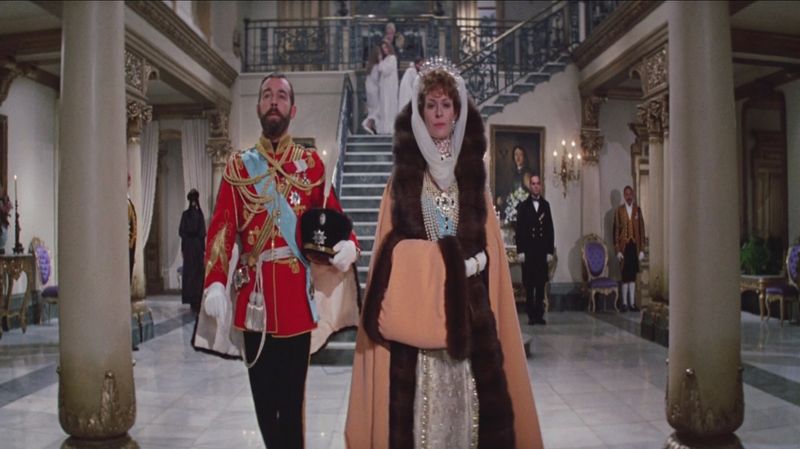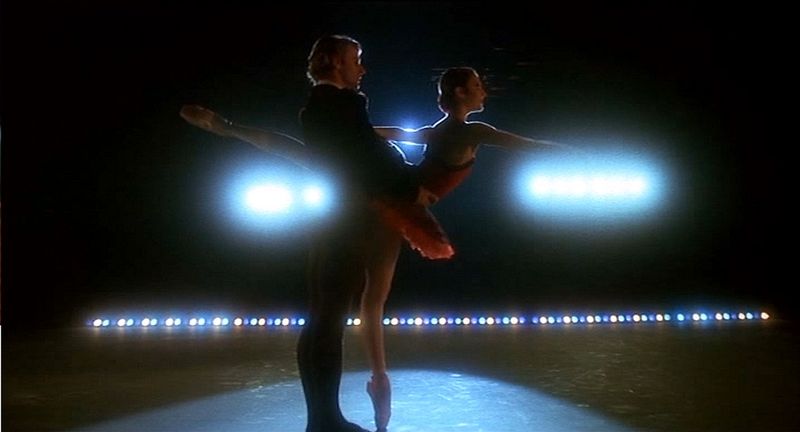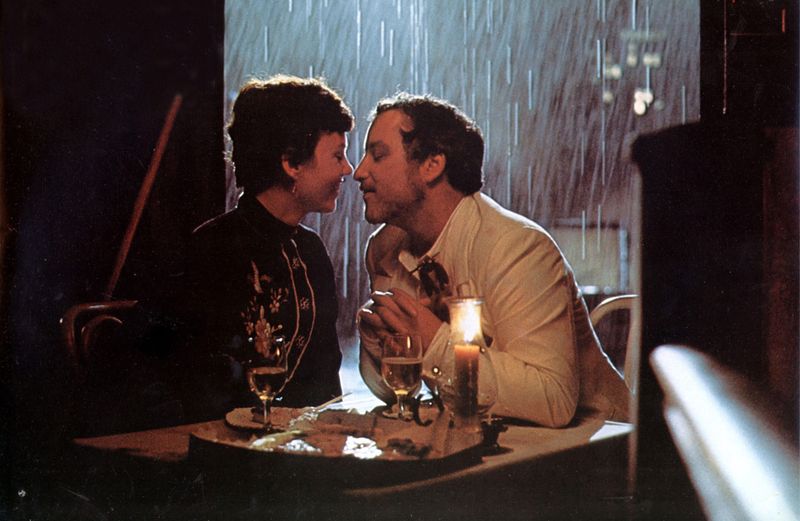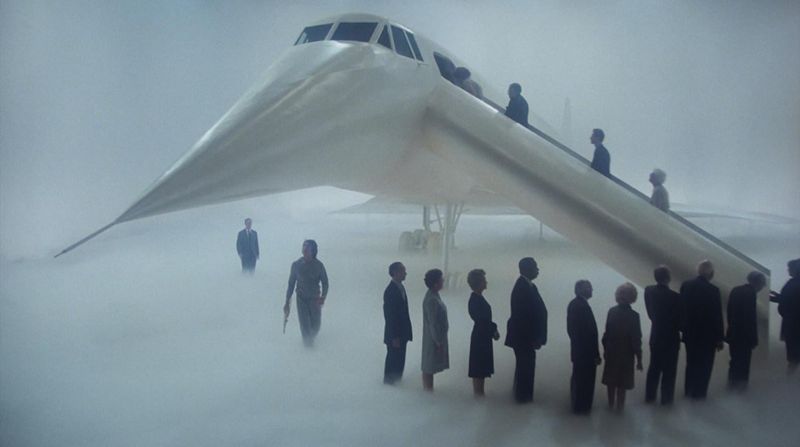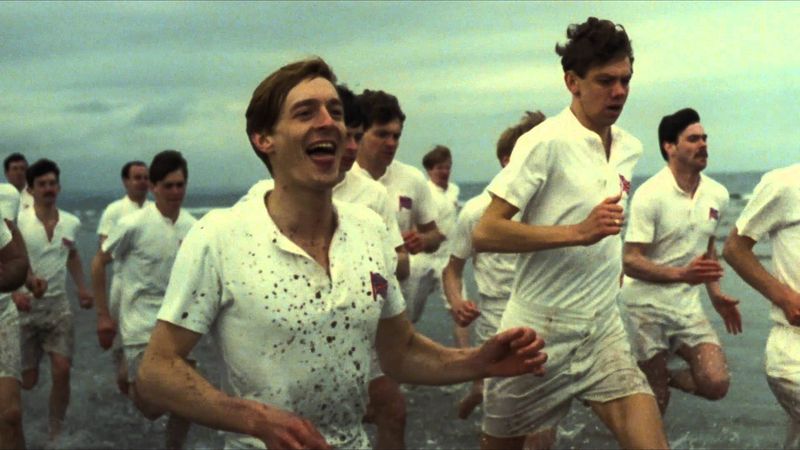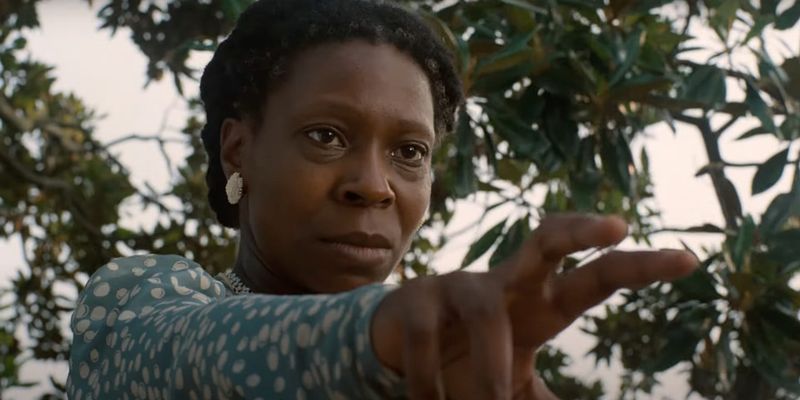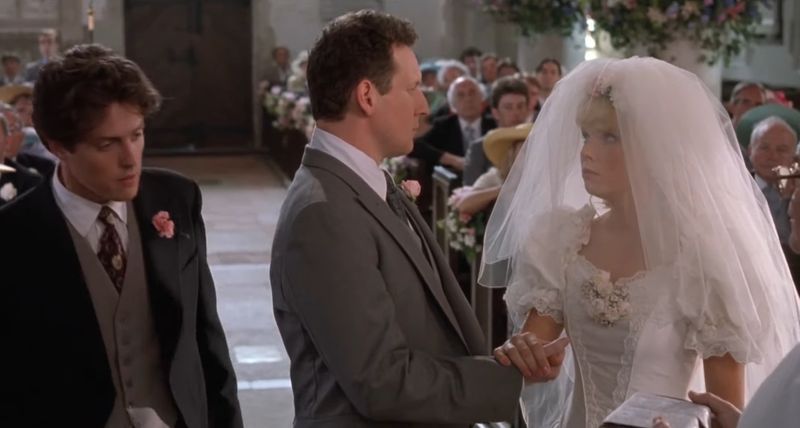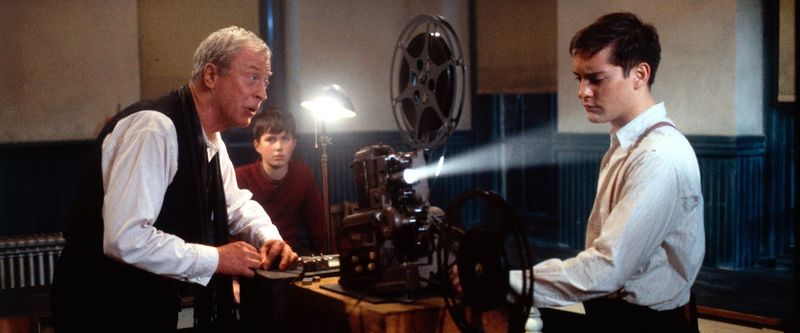The Oscars are supposed to celebrate the best in film—but sometimes, they get it spectacularly wrong. Over the decades, the Academy has nominated films for Best Picture that critics panned, audiences shrugged off, or history forgot entirely. Some are bloated, others baffling, and a few are downright bad. These 29 Oscar nominees left critics wondering: What were they thinking?
The Broadway Melody (1929)
As the first talkie to win Best Picture, “The Broadway Melody” may have dazzled audiences with its novelty at the time, but today’s critics find it wooden and painfully outdated. Its charm has worn thin, with clunky dialogue and a plot that barely holds together. It reflects cinema’s awkward transition from silent films.
The performances feel stiff, a reflection of actors grappling with new sound technology. Critics often point to its historical significance, but its entertainment value has diminished. Despite its accolades, it’s a relic showcasing the industry’s early growing pains.
Cimarron (1931)
A trailblazer in scale, “Cimarron” ventured into the early Western epic genre, yet it fell short of becoming timeless. Despite its groundbreaking production, modern viewers find it dull and dated, riddled with stereotypes that make it uncomfortable to watch.
The once-impressive set pieces now seem overblown. Characters lack depth, and the narrative drags, overshadowed by its own ambition. Critics argue it’s more historical artifact than enjoyable cinema.
While it captures the pioneering spirit, it serves as a reminder of how far storytelling has come since those early days of film.
The Great Ziegfeld (1936)
“The Great Ziegfeld” dazzled with its lavish production, yet behind the spectacle lies a scattered narrative that struggles to engage. Its opulent musical numbers and grandiose scenes initially impressed, but critics today see them as overindulgent distractions.
The film’s lengthy runtime contributes to a pace that drags, with character arcs that feel disjointed.
Despite winning Best Picture, its charm fades as viewers seek more cohesive storytelling. It’s a cinematic pageant—an extravagant display that ultimately lacks substance, serving as a lesson in the perils of style over story.
Anthony Adverse (1936)
“Anthony Adverse” nearly vanished from public consciousness, and for good reason. This historical drama, despite its seven nominations, felt overlong and insipid even upon release. Its pacing is glacial, leaving audiences yearning for a spark that never comes.
The melodrama is palpable, yet it lacks the emotional depth to resonate. Critics find its plot meandering, with a resolution that disappoints.
Though it boasts production value and period authenticity, these elements can’t compensate for its narrative weaknesses. A forgotten relic, it exemplifies how grand intentions can falter without engaging content.
Alexander’s Ragtime Band (1938)
More revue than film, “Alexander’s Ragtime Band” strings together musical pieces with scant regard for storytelling. Riding on Irving Berlin’s fame, it snagged a nomination more for its musical heart than cinematic soul.
The narrative is fragmented, lacking cohesion and depth, leaving many to view it as a theatrical showcase rather than a narrative film.
While the music captivates, its thin storyline is overshadowed by the vibrant performances. Critics note that it’s an entertaining musical spectacle but falls short as a compelling piece of cinema, remembered more for tunes than tale.
The Story of Alexander Graham Bell (1939)
As a biopic, “The Story of Alexander Graham Bell” lacks the spark of its subject’s inventions. While it features a strong cast, the film feels more like a history lesson than a gripping narrative.
Critics argue it captures Bell’s achievements but misses the emotional depth needed to engage audiences. The storytelling feels formulaic, with a predictable arc that fails to surprise.
Despite its informative value, it struggles to entertain. It reflects an era when biopics leaned heavily on fact at the expense of flair, resulting in a workmanlike tribute.
One Foot in Heaven (1941)
“One Foot in Heaven” surprised many with its nomination, as its moralizing tone and slow pace left critics unimpressed. The film centers on a preacher’s life, yet it lacks the vitality to make his story compelling.
Viewers find it largely unmemorable, filled with sermon-like dialogues that feel more preachy than profound. Its intentions are noble, but execution falls short, rendering it a relic of its time.
The narrative lacks tension and excitement, leaving a film that fades from memory as quickly as it arrived. It serves as a footnote in cinematic history.
Wilson (1944)
Lavishly produced, “Wilson” aimed for epic grandeur, yet delivered a presidential biopic that felt more like propaganda. The film paints an idealized portrait, glossing over complexities in favor of hero worship.
Critics found it painfully dull, despite its visual splendor, with a narrative that drags through historical accolades. Even President Roosevelt reportedly nodded off during its premiere.
While it captures some of Wilson’s accomplishments, its lack of critical insight makes it feel hollow. It reflects a time when cinematic patriotism overshadowed nuanced storytelling, leaving modern audiences yawning.
The Bells of St. Mary’s (1945)
“The Bells of St. Mary’s” tugs at heartstrings, but critics argue its sentimentality borders on manipulation. As a sequel to “Going My Way,” it reprises themes of faith and kindness, yet feels more treacle than triumph.
The film’s emotional beats strike some as overly saccharine, with a storyline that lacks subtlety. While beloved by some for its wholesome charm, others see it as priestly pageantry.
Despite its commercial success, it’s often dismissed as emotional manipulation dressed in religious robes, capturing the era’s penchant for simplistic, feel-good narrative.
The Pied Piper (1942)
“The Pied Piper,” not to be confused with the fairy tale, is a WWII drama that has largely vanished from cultural memory. Critics at the time were lukewarm, finding its narrative tepid and unremarkable.
The film attempts to weave a tale of survival and courage, yet its impact is fleeting. Its characters are underdeveloped, and the plot feels like a missed opportunity.
Today, it’s remembered more as a footnote in wartime cinema, overshadowed by more compelling narratives of the era. Its disappearance from pop culture speaks volumes of its forgettable nature.
The Song of Bernadette (1943)
Winning Jennifer Jones an Oscar, “The Song of Bernadette” was praised for its lead performance but criticized for its ponderous tone. Critics found the religious epic overly sanctimonious, with a narrative that felt weighted down by its own solemnity.
The film explores visions and faith, yet its approach lacks lightness, making it a heavy watch. Its spiritual themes are earnest but can feel preachy.
While some appreciate its reverence, others find its pacing sluggish. It serves as a reminder of how sincerity in storytelling needs balance to avoid overwhelming its audience.
The Robe (1953)
Hollywood’s first CinemaScope film, “The Robe,” wowed with its visuals yet faltered in narrative depth. Critics praised its expansive scenes but found the story hollow, calling it a biblical spectacle lacking substance.
The film’s ambition in scale overshadowed character development, leaving viewers dazzled by visuals but unmoved by plot. Its biblical themes felt more like set dressing than genuine exploration.
While it set a cinematic milestone, its legacy is overshadowed by its narrative shortcomings. The film remains a testament to the era’s fascination with grandiosity, often at the expense of storytelling.
Love Is a Many-Splendored Thing (1955)
Critics have long debated “Love Is a Many-Splendored Thing” for its stilted acting and melodramatic romance. Set against a visually stunning Hong Kong, its sweeping score enchants, yet the love story feels formulaic.
The film’s portrayal of love attempts depth, but its execution is heavy-handed. It charms with its scenic backdrops but lacks emotional resonance.
Despite its visual appeal, the narrative fails to leave a lasting impression. The romance, intended to be epic, instead feels contrived. It showcases how aesthetics can sometimes mask deficiencies in storytelling, leaving mixed critical reception.
Peyton Place (1957)
“Peyton Place,” a tale of small-town scandal, drew snickers and controversy upon release. Critics see it as soapy melodrama under the guise of prestige, with themes that once shocked but now seem tame.
The film attempts to peel back societal facades, yet its execution feels more sensational than substantive. Its characters are embroiled in predictable drama, and the story’s shock value has waned.
While it captivated audiences of its time, modern viewers find it dated, a relic reflecting mid-20th-century moral dilemmas. It serves as a window into an era’s cinematic taboos.
Doctor Dolittle (1967)
“Doctor Dolittle,” a musical of grand ambition, flopped despite its spectacle. Its lifeless pacing and tone-deaf direction left critics cold, with many attributing its nomination to studio campaigning.
The film strives for whimsy, yet its charm is overshadowed by disjointed storytelling. Talking animals and fantasy elements fail to mask its narrative deficiencies.
Despite its colorful visuals, it’s often remembered for its troubled production and lack of coherence. It highlights the perils of prioritizing spectacle over substance, serving as a cautionary tale in cinematic excess.
Hello, Dolly! (1969)
Lavish yet lifeless, “Hello, Dolly!” struggled to capture the magic of its Broadway origins. Despite Barbra Streisand’s star power, the film felt overstuffed and outdated, with critics unimpressed by its attempt to transition from stage to screen.
The musical numbers are grand, yet the narrative lacks vibrancy. Its charm feels forced, with a pace that drags under the weight of its production.
While it dazzles visually, the film’s heart is elusive. It’s a reminder of how adapting stage hits to film requires more than just star power and spectacle.
Airport (1970)
“Airport” kickstarted the disaster-movie genre, yet not in the best way. Critics scoffed at its melodrama and stock characters, dubbing it more soap opera than cinematic triumph.
The film’s tension feels manufactured, with dialogue often bordering on laughable. Despite this, it soared into the Best Picture race, riding on its commercial success.
While it entertained audiences, its reputation as a critical darling is less favorable. It paved the way for a genre, though its legacy is more about impact than quality. It remains a point of contention for its nomination.
Nicholas and Alexandra (1971)
“Nicholas and Alexandra” presents a sweeping Russian revolution epic, yet critics found its beauty overshadowed by boredom. The film’s meticulous attention to detail in recreating history is commendable, but its narrative lacks momentum.
Characters feel distant, with a story that struggles to engage emotionally. Audiences agreed, with few recalling it fondly today.
Its grand settings and costumes serve as visual splendor, yet they can’t compensate for its sluggish pacing. The film stands as a testament to how historical fidelity can sometimes weigh down cinematic storytelling.
The Turning Point (1977)
“The Turning Point,” with its 11 Oscar nominations, left many baffled by its clean sweep of no wins. Critics appreciated its elegance but slammed its shallow storytelling.
The film’s ballet sequences are mesmerizing, yet the plot is criticized for lacking depth. It explores themes of ambition and regret but struggles for emotional impact.
Audiences praised the visual artistry, but the narrative felt like a missed opportunity. It highlights how technical brilliance can’t always carry a film to greatness, leaving it an enigma among its celebrated peers.
The Goodbye Girl (1977)
“The Goodbye Girl” charmed audiences in its time but now faces critical dismissal as sitcom-level fluff. The film’s humor and romance once delighted, yet modern critics see it as lightweight entertainment.
Its characters are endearing, yet their antics feel more suited to a TV series than a Best Picture contender. The film’s nomination surprises many, given its tonal simplicity.
While popular upon release, it’s seen as a product of its era, with charm that hasn’t fully endured. It serves as a reminder of how cinematic tastes evolve over time.
Heaven Can Wait (1978)
“Heaven Can Wait,” a well-meaning remake, often earns the label of charming yet featherweight. Its whimsical approach to life and afterlife themes brought smiles, but many question its Best Picture nod.
The film’s charm lies in its light-hearted take on cosmic themes, though it lacks depth. Critics often highlight its entertaining premise but note its narrative thinness.
Despite its appeal, it doesn’t quite ascend to cinematic greatness. It’s a film that, while enjoyable, highlights the fine line between delightful and substantial storytelling in awards consideration.
Chariots of Fire (1981)
“Chariots of Fire” won Best Picture, yet its victory remains a topic of debate. Some hail it as inspirational, while others see it as a slow jog to nowhere.
The film’s portrayal of Olympic ambition is both celebrated and critiqued for its pacing. Critics admire its thematic depth, yet its execution divides opinions.
Its iconic score and imagery endure, though not all agree it deserved its top prize. The film exemplifies how awards can spark discussions on merit and artistic impact, leaving a legacy that’s both celebrated and contentious.
The Color Purple (1985)
Controversially snubbed for a win, “The Color Purple” remains polarizing among critics. Its tonal shifts and sanitized approach to complex themes drew both praise and criticism.
The film’s emotional weight resonates, yet some find its narrative uneven. The adaptation struggles to capture the book’s depth, sparking debate on its Oscar snub.
Despite its flaws, it’s remembered for its powerful performances and cultural impact. The film explores sensitive topics with varying success, leaving a mixed legacy in its wake. It stands as a testament to the challenges of adaptation in cinema.
The Prince of Tides (1991)
Nick Nolte’s performance in “The Prince of Tides” earned nods, but Barbra Streisand’s direction was critiqued as overly dramatic. Critics argue it didn’t fully capture the novel’s essence, with some scenes feeling indulgent.
The film’s exploration of trauma and healing carries weight, yet its execution wavers. The narrative feels grandiose, striving for emotional highs but not always achieving them.
While it struck a chord with audiences, its critical reception was less favorable. It highlights the challenge of adapting complex literature for the screen without losing nuance.
Four Weddings and a Funeral (1994)
“Four Weddings and a Funeral” is lauded for its charm, yet its Best Picture nomination puzzled some critics. The film’s witty dialogue and engaging characters delight, but its narrative is seen as lightweight.
While beloved for its humor and heart, some view it as more fluff than substance. Its appeal lies in quintessential British humor, yet opinions on its Oscar worthiness vary.
The film embodies a charming slice of 90s romantic comedy, celebrated for its laughs but seen by some as lacking depth. It prompts reflection on the balance between charm and acclaim.
The Cider House Rules (1999)
Critics of “The Cider House Rules” point to its oversimplified treatment of dark themes. The adaptation, though heartfelt, left some cold due to its approach to complex issues.
The film’s narrative warmth is palpable, yet its depth is debated. While audiences appreciated its emotional core, critics sought more nuance.
Its portrayal of moral dilemmas touches on important topics but feels restrained. Despite winning hearts, it underscores the challenge of translating layered narratives to film. It stands as an example of how simplicity can be both strength and weakness in storytelling.
Extremely Loud & Incredibly Close (2011)
“Extremely Loud & Incredibly Close” faced harsh criticism upon release, with many calling it manipulative and emotionally exploitative. The film’s 9/11 backdrop adds gravity, yet its execution felt heavy-handed to critics.
Some praised its ambition in tackling grief, but its approach divided opinions. The narrative’s emotional beats are seen as forced by some, with a storyline that felt contrived.
Despite its polarizing reception, it secured a Best Picture nod, sparking debate on its merits. It highlights the fine line between evoking emotion and appearing exploitative in sensitive storytelling.
Bohemian Rhapsody (2018)
“Bohemian Rhapsody” rocked the box office, yet critics slammed it for historical inaccuracies and a sanitized portrayal of Freddie Mercury. The film’s performances won praise, but its narrative choices sparked contention.
While visually captivating, some felt it glossed over complexities. Despite its mixed critical reception, it walked away with four Oscars, including a nod for Best Picture.
The film’s impact is undeniable, but debates on its portrayal of truth versus dramatization persist. It stands as a reminder of how biopics balance entertainment and historical fidelity, often sparking lively discussions.
